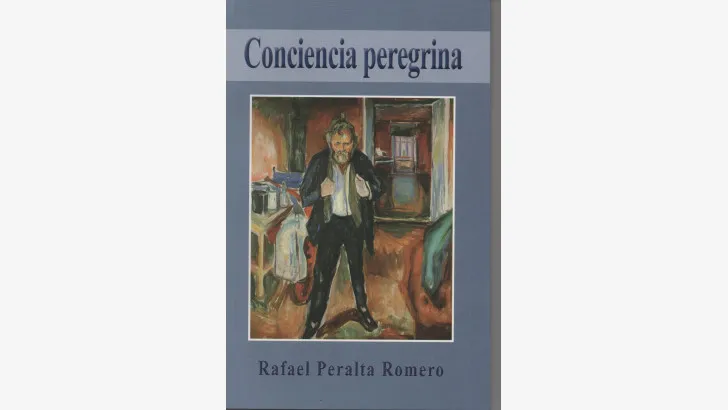It is the case of Rafael Peralta Romeroin these thirteen (13) stories collected in this book (Editorial Gente, Dominican Republic, 2021. 166 pages.).
It is an explanatory, descriptive and attached narrative, in this case, to a philosophical and psychological approach. I already told you at the beginning, it is not a replica of the speech of the slogans inherited from the April 1965 war, but rather it opens up to a narrative discourse more attached to the spirituality of being, to the psychic states of the subject, to their behavior and way of thinking.
As can be seen, it is a narrative sustained in the subject and his experiential vicissitudes.
In these stories, the narrator is part of the narrative framework and he himself tells us what has happened and what is about to happen, within the spaces or settings of each narrative.
The author’s memory, recollections or experience are excuses that make it possible to convert what has been lived or seen into aesthetic reality, as part of his narrative strategy.
The reader will not find micro-stories here, because what has been said or remembered is expressed in such a way that the narrator has known how to trace his space of extension that allows him to vent, for which reason he assumes an extensive narration… which, luckily, is not it tires the reader, due to its descriptive details of the landscape in which the characters work.
For example, in the story entitled “Persecuted by memory”, p. 115, we can find those narrative tricks used here, by the subject-author. Let’s see:
“(…) When she was a young girl, it was very good for her, she earned praise, for remembering things that others forgot, she gained prestige and it favored her as a student. Repeating concepts as they appeared in books, remembering anecdotes and events, however trivial they may be They were, they gave fame to this girl when she still did not realize the vicissitudes that such a peculiar faculty would cause her.
Everything is there, alive, latent, present, like the day it happened. Malfa hasn’t been able to erase anything. Everything feels and suffers as if it had just happened. The happy moments, oh that’s not; Although they survive, they allow themselves to be diminished and overwhelmed by bitterness, which run and jump like Olympic athletes to predominate in the memories of Malfa Luz”. (See p. 115, cited work).
Irony, as an expressive resource in these narratives, remains buried, so it is not a reading for sleeping readers, but for subject-readers who question their reading, to delve into the discursiveness sustained in the work.

This storybook represents the focus of a narration of what is observed. This indicates that the author is taking notes of what he assumes as an experience, to turn his reality into fiction.
The characters play with their own scenario and with their time. They accommodate them as they please, they place themselves in the context, until they take over the environment. to move in the space of what is narrated or what is said. What do they tell us? They tell us their life. They tell us about their living and dying, which implies that they go beyond recollection or memory. From there, they tell us their own anecdote.<
It can be said that here we find several meta-narratives about the existence of acting subjects, within our city or neighborhood daily life, it depends on the perspective in which the narrator is located.
There is a recourse to the history of songs from today and yesterday, to evoke the image of who does not forget and their romantic links with the memory, as the author’s “inspiration” phase. That is why the narrator attributes to the character the memory of that melody from a song sung by Armando Manzanero. Let’s see:
“Seems like yesterday
When I saw you that afternoon in spring
Seems like yesterday
When I held your hands for the first time.”
Memory becomes this narration, a way of organizing experience and disseminating the anecdotes that arise from it, to turn them into an expressive ritual of telling or narrating.
The author must add a touch of poetic images to his saying, so that his narration does not appear to be devoid of rhythmicity, when telling what he has seen, heard or imagined. The rest will be told by the text to its readers.
